What You Should Know About Diagnosing Learning Disabilities
Things to Know About Diagnosing Your Child
Even just a few years ago, parents were typically told that their child had a specific disorder, and that was the end of things. But parents are now starting to understand that a diagnosis is the name for a collection of cognitive weaknesses, controlled by different brain systems. Different therapies can increase a child’s abilities by strengthening specific cognitive weaknesses.
How Are Children Tested for LD?
When children are tested for LD, they are given a battery of tests for cognitive skills. A cognitive skill can be simple, like recognizing phonics or remembering a list of numbers, or it can be complex, like the ability to organize. As shown below, each diagnosis is made up of several cognitive weaknesses.
As adults, we strengthen and fine-tune our brains all the time. We take classes and practice memorizing things, we practice sports, we practice instruments. Some brain systems, such as the fine motor system, respond well to therapy. Studies are now beginning to show that cognitive training might also help to strengthen the brain.[i]
When you get the results of your child’s diagnosis, the test results will tell you which parts of your child’s brain are strong and which are weak. You should ask your doctor to help you read and understand test results.
It’s important to not just dwell on where your child falls short, and to also take your child’s strengths into consideration when considering how to help your child. See also Creating and Using a Learning Profile.
What Causes Weaknesses?
As you look at your child’s test results and talk with your child’s doctor, you’ll learn that weaknesses (for example, things like visual processing, or working visual memory) typically fall into the following categories:
- Sometimes systems in the brain are late to mature.
If some of your child’s brain systems are late to mature, then therapy (often called pediatric occupational therapy, or OT) can help. - Sometimes two or more systems in the brain need to learn to work together, or integrate.
If two brain systems have matured unevenly, or don’t work together well, then therapy can help the systems integrate, or work together better. Sometimes therapy helps a bit, but doesn’t get rid of the problem entirely. In this case, your child may end up having a brain that just works differently. - Sometimes a brain system just works differently.
This is the classic definition of a learning disability. If a brain system just works differently, then it’s like being left handed. And we now know that these different brain systems carry with them some strengths, like seeing the big picture, creativity, and so forth. But we also know that targeted early intervention programs that teach differently can bring many LD kids back into mainstream, teaching children how to learn in our school system. In these cases, the LD brain still works differently, but it has learned new skills and can cope with schoolwork.
Because this book is written for parents of young children who are still maturing, it’s important that parents know about options for helping brain systems develop. Studies tell us that early intervention results in narrowing the achievement gap.
Pinning Down a Diagnosis Can Be Hard
When parents start learning about their child’s learning challenges, it can be very confusing because of three issues:
- Since many learning differences share symptoms, cognitive skills, and brain systems, there’s often not a clear border between diagnoses.
- Children are often diagnosed with more than one learning difference. This is called comorbidity. Comorbidity is the rule with learning differences, rather than the exception. 60% of children diagnosed with ADHD, and 50% of children diagnosed with dyslexia are also diagnosed with other disorders.
- Neither the educational nor the medical professions use standard, agreed-upon testing terms or testing categories. When you receive testing results, every result has a different name, and it’s hard to decipher them. (This is why you need to talk with your doctor about test results.)
Because areas of cognitive weakness can overlap in different diagnoses, no two children have exactly the same blend of skills and challenges. Barbara Arrowsmith, founder of Canada’s neuroplasticity-based Arrowsmith schools, and author of The Woman Who Changed Her Brain, gives a broad cognitive test to incoming pupils. Her test looks at 19 different cognitive areas in the brain and measures them for weakness. She says that, in 30 years of giving this test, no two children’s results have been the same.
The medical industry knows that it has a naming and labeling problem with learning differences. In 2001, two authors proposed a new naming scheme called “Atypical Brain Development,” that “could be used to address the full range of developmental disorders that are found to be overlapping much of the time.” Other doctors have come up with the term “Specific Learning Difficulties,” to talk about the overlap between different LDs. And parents report that doctors have told them that many learning and focus challenges might be tied to brain immaturity.
For now, we continue to use terms such as dyslexia, dysgraphia, and ADHD.
You Can Think of a Diagnosis as an Umbrella
In Appendix A, we show different diagnoses as umbrellas, and we list common associated weaknesses for each diagnosis underneath each umbrella. If your child has a diagnosis, he may display one or more of these weaknesses. Not every child with dyslexia, for example, has the same set of skills and weaknesses.
When you discuss your child’s diagnostic test results with your doctor, make sure you have a good understanding of what cognitive weaknesses make up her diagnosis. The better you understand your child’s strengths and weaknesses, the more you can make sure that her education supports her appropriately.
When a doctor evaluates your child’s abilities, they’re taking a snapshot of your child’s development at this point in time. Your child will continue to develop and grow.
You can use your child’s diagnosis umbrella, together with her learning profile, to identify her strengths and weaknesses for the teacher.
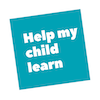

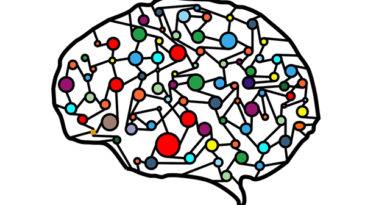
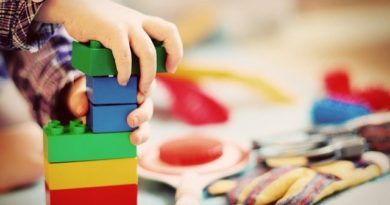
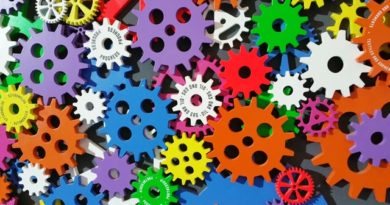


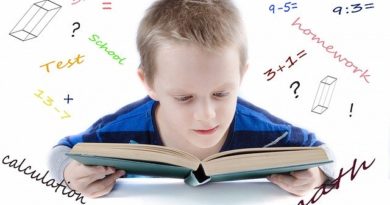


Pingback: The First 6 Things Parents Should Know about Learning Disability - Help My Child Learn